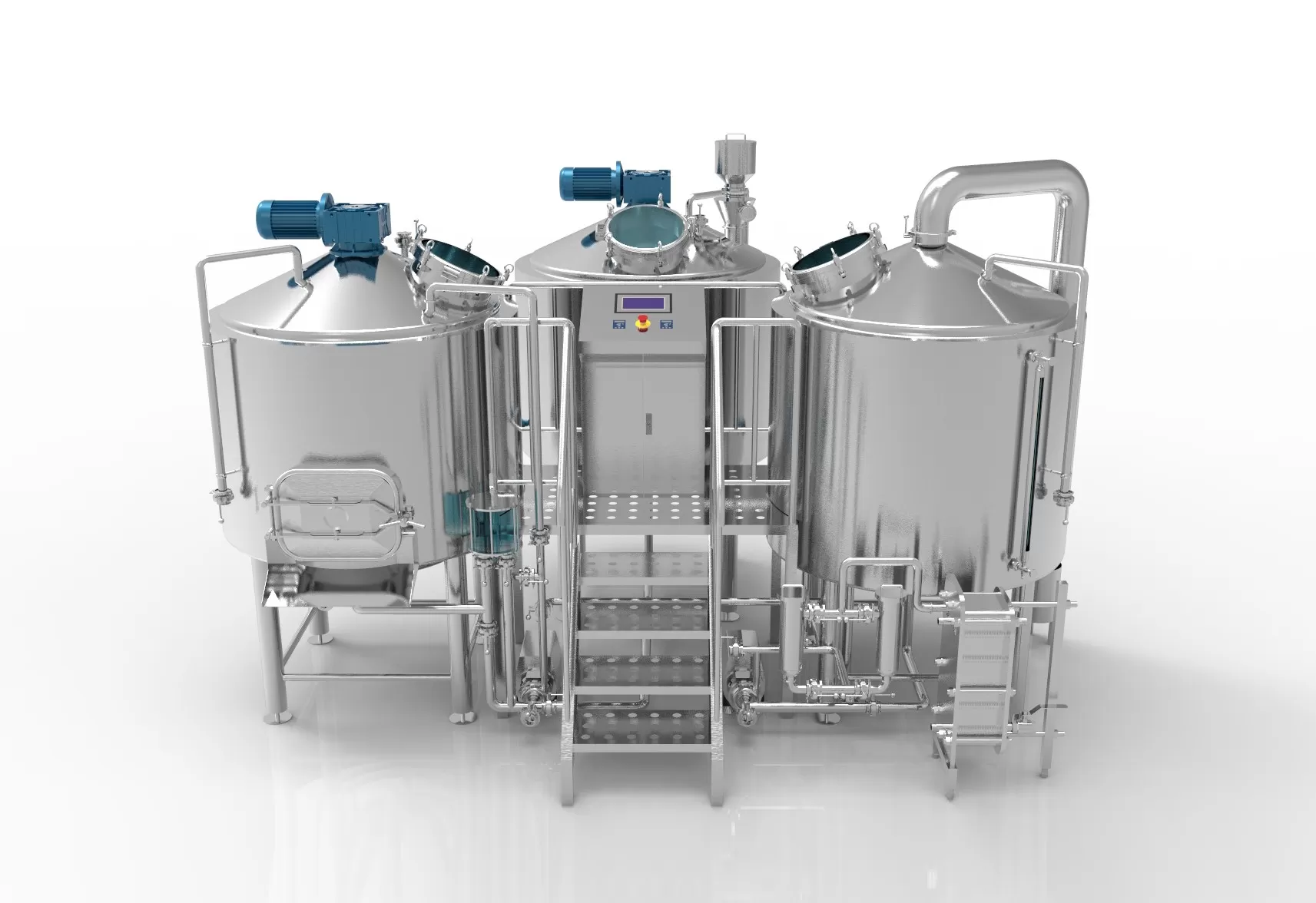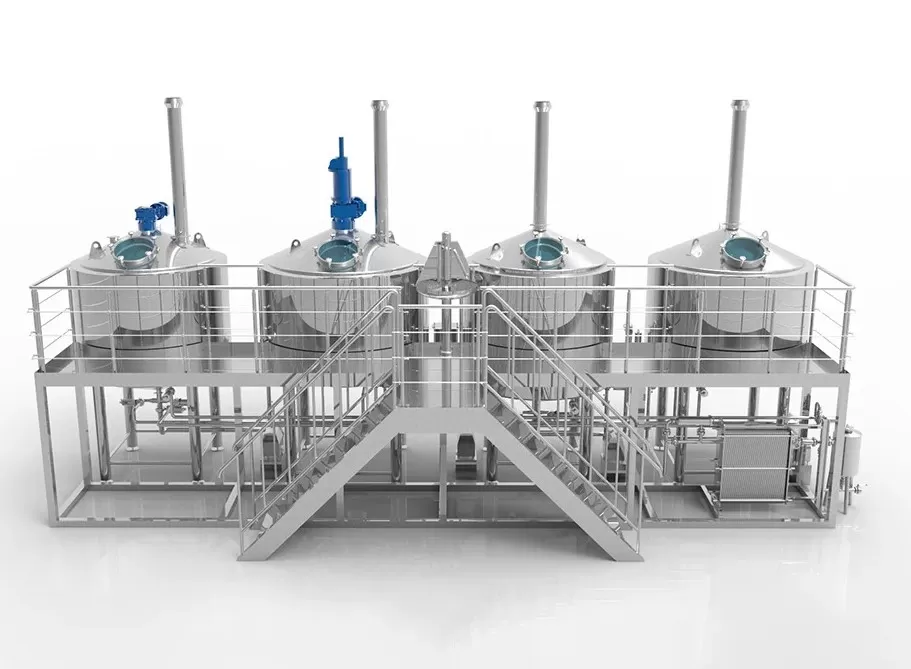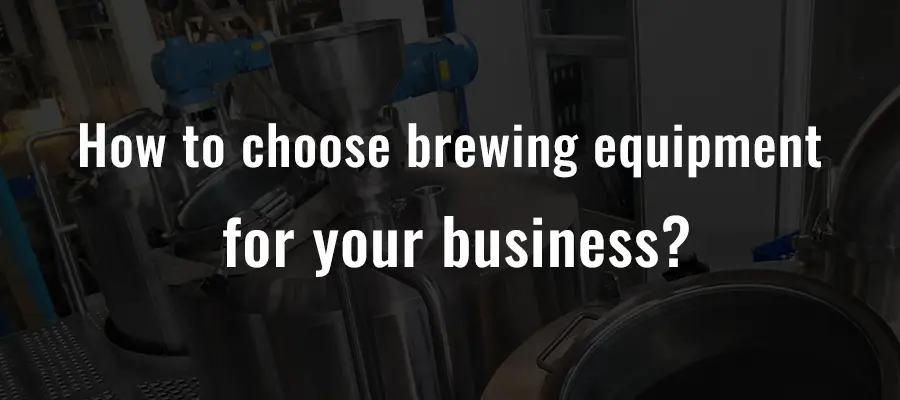Craft beer, without filtration or high temperature sterilization retains the original nutrients and active yeast components of the original fermentation solution. Its mellow body, strong malt flavor and unique flavor are quite different from traditional bottled beer. It’s good for people’s health, and also provides strong wheat flavor, excellent taste- Specially in bars and BBQs. More and more consumers prefer this type of beer. Therefore, self-brewing equipment is becoming very popular.
1. Budget for craft beer consumption
Before choosing the equipment for the beer production you should view the stats of this particular beer’s consumption. You want to make sure that the consumption of beer has long seasons. Going with “one season” consumption will make it harder for you to survive financially.
2. Workstation and other limiting conditions
There are many cases where’s the workstation layout isn’t optimal and and restricted by water supply, drainage, electricity, ventilation, etc.. It is advised to provide the site drawings and the surrounding environment to the equipment supplier. If conditions permit, ask the other party’s personnel to visit the site first and provide appropriate solutions according to the site restrictions.
A responsible craft beer equipment manufacturer (like us) will design the proper layout of your site after you purchase the equipment. The idea is to use the minimum land as possible for further expansion and making sure it’s functional in the highest levels.
3. Work out the variable costs
The cost of raw materials, water, electricity, personnel and other administrators will take their toll if not planned properly. It is best to make a cost-benefit analysis in advance with the equipment manufacturer according to the local consumption level and equipment location. You can even provide us with your business plan or investment plan and we can help you with our vast experience in the industry.
4. Liquor production calculation
Let’s go over the numbers here- From the initial malt crushing stage, wort and raw liquid are prepared in different tanks. The fermentation process of saccharification, filtration, boiling, swirling and sedimentation takes about 12-20 days. After fermentation, the raw beer pulp is obtained, which can be drunk and sold directly.
If equipped with fine filtration and sterilization equipment, beer can be bottled or canned to preserve it longer. The brewing batch also determines the configuration of equipment, because the saccharification system and the capacity of the fermentation system can be multiplied. Now try to understand the nitty-gritty here- For example, once a day for brewing, saccharification and fermentation capacity are the same- Two times a day for brewing, fermentation is twice the capacity of saccharification; However, the maximum multiple should not be more than three times… According to the general process, the saccharification time is generally 8-10 hours, and the maximum amount of brewing is 3 batches a day and night, while the maximum amount of brewing is 1-2 batches.
If you don’t understand the calculations here please contact us for help.
5. Brewing equipment – Sizes
The beer equipment models of small catering places are divided into different types of equipment such as 100L, 150L, 200L, 300L, 500L, 1000L and 2000L. The configuration details vary with any equipment specifications. The complete set of beer equipment mainly includes a crushing system, saccharification system, fermentation system, refrigeration system, cleaning system, control system and other main components as well as many auxiliary components. Again, if you are not sure what’s suit you the best contact us for further consultation.
By the way, according to the operational requirements of beer brewing technology, the volume ratio of the saccharification tank and fermentation tank is usually 1:1 or 1:2.




